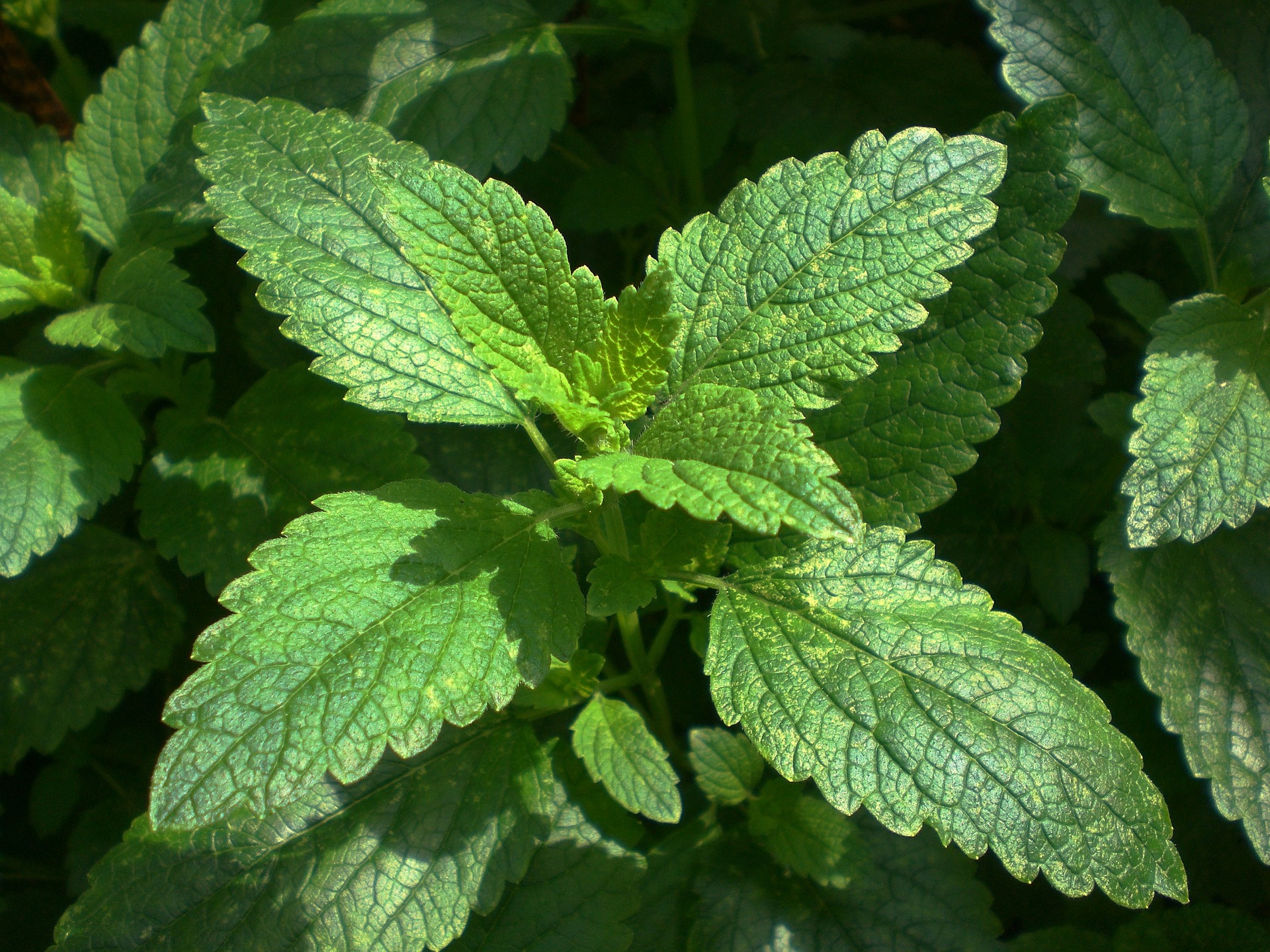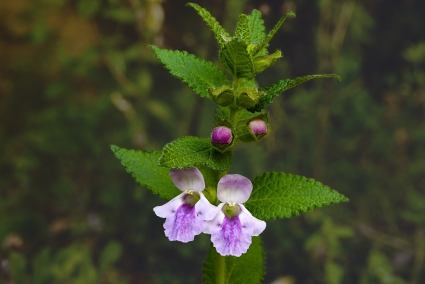How to recognise it?
Lemon balm has the Latin name Melissa officinalis. It is also called lemon grass or bee pepper because its flowers are very rich in nectar and this attracts many foraging insects.
Lemon balm can grow up to 1 metre (3 inches) in height. It forms clumps with square stems and very fragrant waffle-like, hairy leaves. The flowers are small and white and appear between June and August, preferably in sunny or semi-shaded areas. Lemon balm appreciates fertile, fresh and airy soil.

Lemon balm: how to grow and harvest it?
- Planting: spring or autumn.
- Sowing in the ground: in winter or at the very beginning of spring, as the seeds need to be cold, but be careful as they can easily be dispersed by bad weather.
- Emergence: between 10 and 40 days.
- Distance between plants: 1 metre (3 inches)
- Maintenance: cut stems to ground level in early spring.
- Multiplication: divide clumps in spring.
- Soil: rich, light.
- Composting requirements: at planting and in spring.
- Mulching: shredded material.
- Water requirements: does not like excessive dryness or humidity.
- Can be grown in pots: without letting water stagnate.
Medicinal properties of Melissa officinalis

Lemon balm is a plant that is :
- antispasmodic, sedative and slightly anxiolytic. It is very useful for digestive and nervous disorders such as palpitations, migraines, stomach cramps and insomnia. Very gentle, it is highly appreciated by anxious, emotional and spasmophilic people, as well as by children;
- Antiviral and anti-inflammatory of the digestive and bronchial mucous membranes;
- very powerful antioxidant, protects against oxidative stress and premature ageing caused by free radicals in cells;
- repellent against mosquitoes thanks to its lemon molecules.
Updated on 12 December 2022 at 17:23







